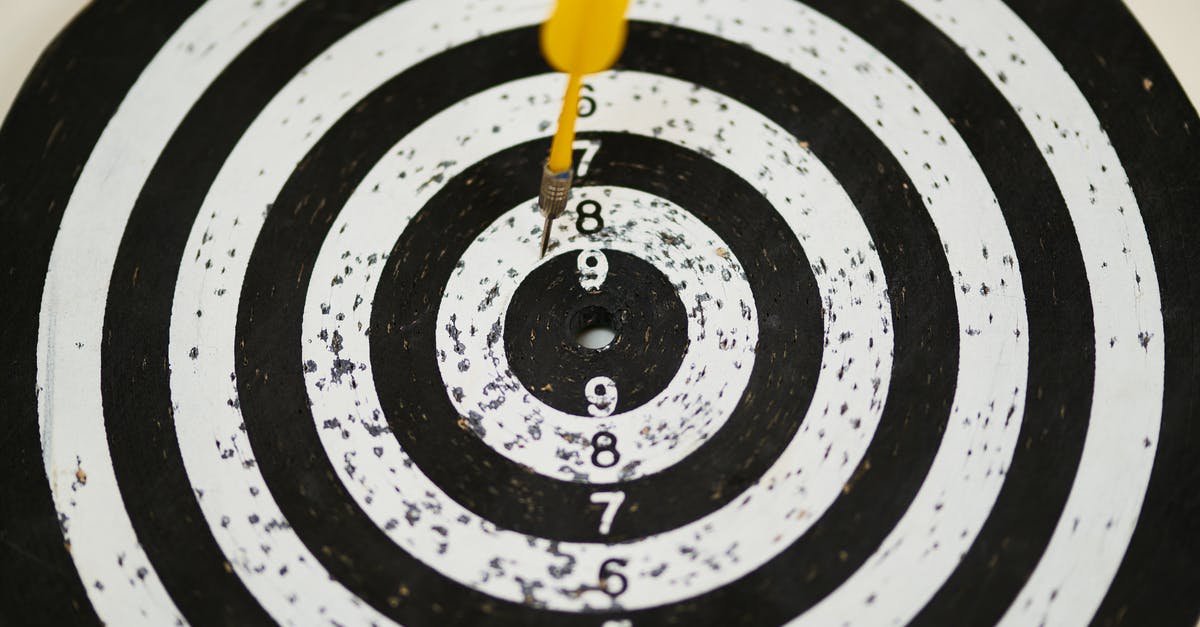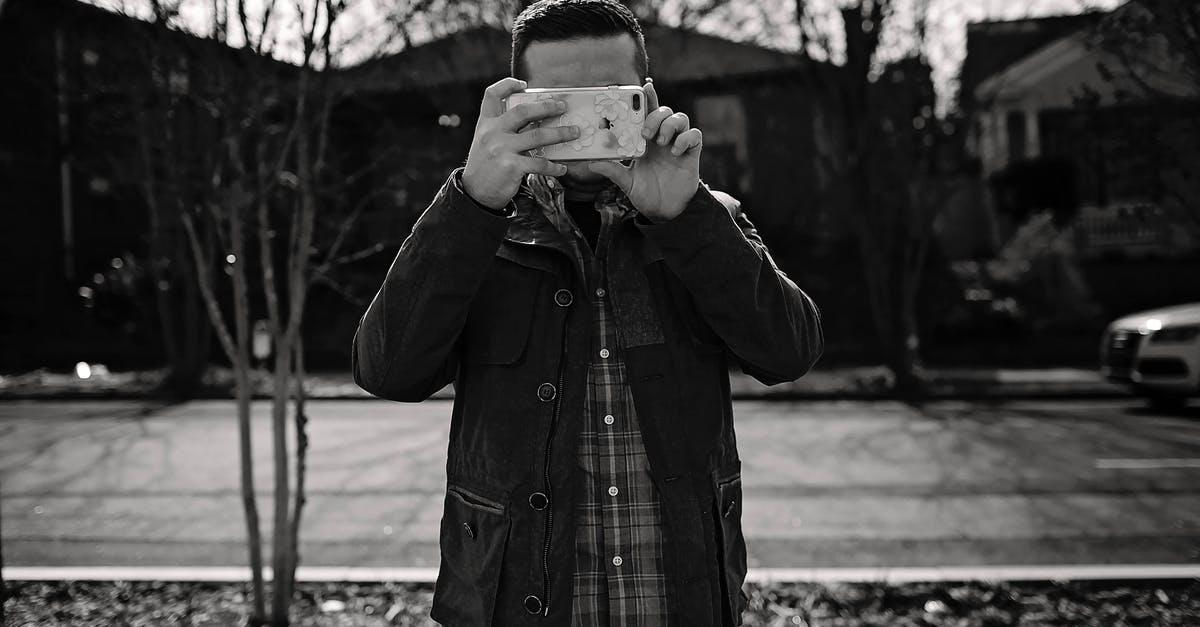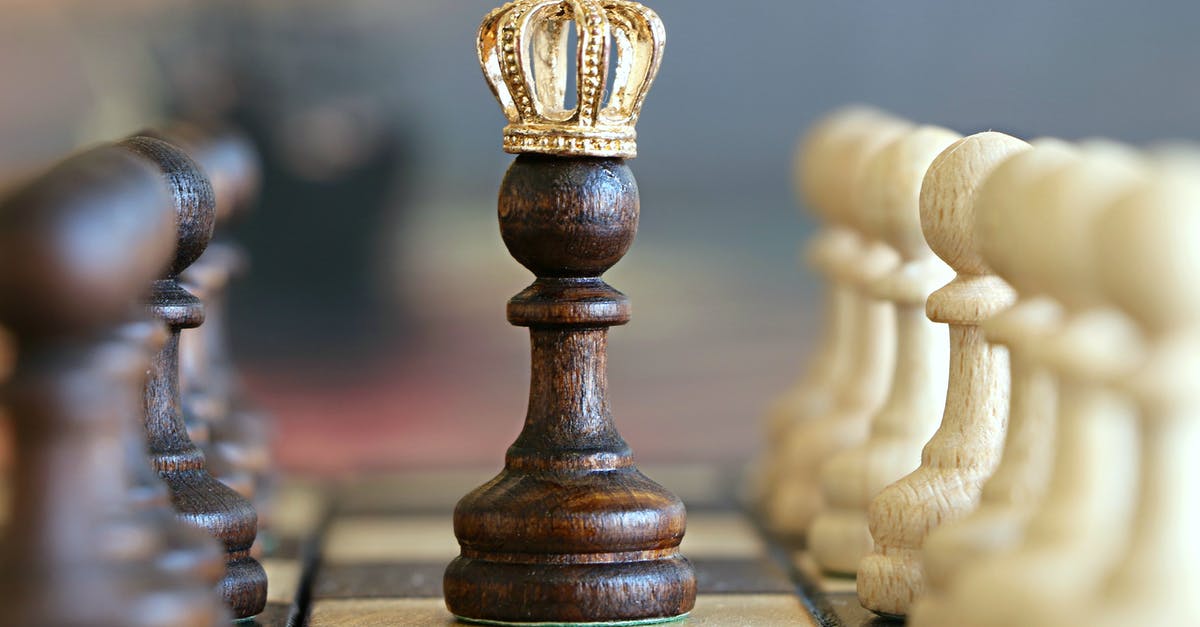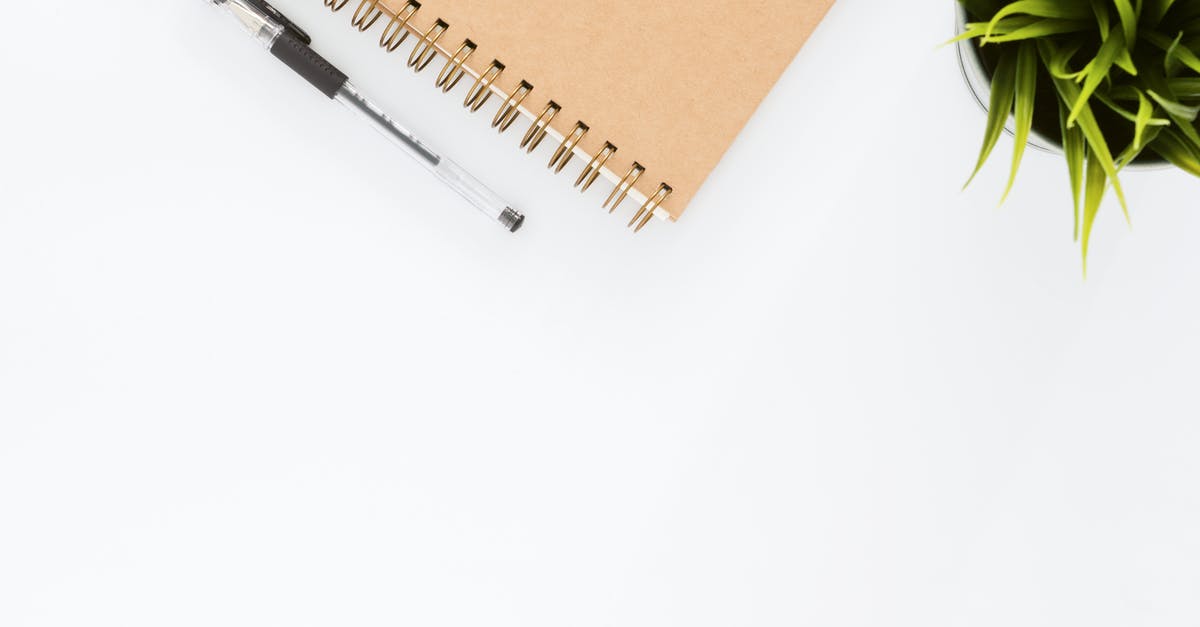Why are some movies still shot in black and white or sepia?

Why are some films still shot in black and white or sepia? I can understand if it's perhaps a "period piece" like The Artist or The Good German, or if, like in Sin City, it's done to perhaps stay true to the source material. But movies such as the recent Frances Ha or La Haine have no such obvious requirements. Then there's Clerks.
So my question is, what would drive a director to choose to film in black and white? What qualities does shooting without colour lend to the film? Is it less expensive to shoot in black and white?
Best Answer
Clerks was shot in black and white for budgetary purposes, they just didn't have the money to film it in color.
Frances Ha was filmed digitally (Color) and in black and white, and was done in b&w to evoke reminisces of movies such as Woody Allen's Manhattan, or works by Truffaut.
I cannot find any references explaining why La Haine is in black and white, but considering that it was filmed during riots and contained other raw footage type scenes, it may have been both a budgetary and dramatic effect choice.
Originally, color film was available as early as the 1920's, however it was very expensive to work with, and as the development process was not very robust, colors could change depending on chemicals used and time exposed. Additionally, there were not very many cameras available that could utilize color film.
Technicolor developed a fairly consistent, robust development process in the 40's, and in the late stages of the decade was forced via anti-trust to license their process royalty free. This made color filming much more available and cost effective, and color slowly became cheaper than black and white.
Black and white is now more of an artistic choice. As stated by Roger Deakins (Principal photographer on The Man Who Wasn't There) in this article:
[Black-and-white] focuses you on the content and the story, and it really concentrates your attention on what's in the frame. All too often, color can be a distraction -- it's easier to make color look good, but harder to make color service the story. Black-and-white imagery is much more about the balance between the light and shade in the frame, and I think it can help convey story points a lot better with fewer distractions.
Lighting is not only about lighting; it's also about not lighting, and cutting light off of objects as much as shining light on them. Those kinds of considerations are as important in colour photography as they are in black-and-white, but the sheer beauty of a well-composed and well-lit black-and-white frame is hard to beat, because it's difficult to produce that type of focus and simplicity when you're shooting in color. It's vitally important to be able to separate shapes and surfaces through the use of light and shade, and to focus the audience's attention on what you want them to see. Color is seductive, but it's harder to get past the surface gloss to create a truly simple and relevant image. I almost wish every film were in black-and-white
Note: The above referenced article has quite a few links regarding use of black and white, including references to using it to distinguish between two worlds in a movie, (Such as Wizard of Oz, Purple Rose of Cairo), and statements by directors essentially that it evokes an other worldliness and/or nostalgia and memory.
With digital cameras and editing, the process can become easier and much less expensive, as there are programs and tools available to take a color image and convert to grayscale. There are two main methods, luminosity (assigns a shade of gray based on brightness of tone), and color altering which alters the colors themselves before the conversion. (There are only 256 shades of gray available, while modern color has over 16 million shades).
Modern cameras also have settings to mimic various types of black and white film, such as Afgapan (Afga was/is a German company that developed color methods around the same time as Eastman Kodak/Technicolor), Ilford and Kodak.
Pictures about "Why are some movies still shot in black and white or sepia?"



Why Shoot Modern Movies In Black \u0026 White?
More answers regarding why are some movies still shot in black and white or sepia?
Answer 2
For low-budget independent films pre-2005 or so, the reason was often primarily budgetary. Until shooting digitally became a viable option, shooting black-and-white cost roughly a quarter what shooting in color cost, for the film stock itself and the processing. But that doesn't begin to cover all the additional savings you'd get by forgoing color film. Shooting on black-and-white you don't need color correction, nor do your lights need to be as numerous or as powerful (black-and-white film has a wider exposure range than color film does) and of course the makeup doesn't need to be anywhere near as good—just cake on the foundation and go. Even the sets don't need to be as large—things can fall into shadow, which would look weird in real life or in color, but doesn't seem odd in the already-unrealistic world of black-and-white. Across the board, everything can be done more cheaply (even slapdash-ly) and still look acceptable. Read some articles about all the cheats used in Hitchcock's Psycho and other horror films of the era and you'll get an idea of what kind of chicanery black-and-white made possible.
But of course such an important decision has a huge artistic component as well; black-and-white also needs to work for the story. For a good example of this, see Darren Aronofsky's Pi, apparently made for $60,000. That film used black-and-white reversal film, just about the cheapest film stock available (and used by students for that reason; unlike regular black-and-white film, it has a very narrow range of exposure). As Aronofsky himself says about his cinematographer Matty Libatique:
Matty was brave enough to take on Reversal film, which many of us shot in film school, and its black and white Reversal, extremely hard film stock to expose. We didn't want it to end up looking like "Clerks" and be all gray. We wanted it to be black or white. We were inspired by "Sin City" by Frank Miller -- he just does white scratches into black ink. Matty was a master of exposure. . . I can't tell you, we did three hundred feet of test. That's all we could afford. Three hundred feet of 16mm test, on a Bolex, which is absurd. We shot most of it on an Aaton. But then, Matty just nailed it, there was some reshooting, but I'd say 90% of his exposures were nailed, which is amazed. Like on paper, he's shooting newspaper on Reversal and to get the black black and the white white, I mean, if it's off half a stop, it's unusable.
Nowadays with consumer-level cameras (even cellphones) capable of shooting HD, it's far cheaper to shoot even high-quality digital video than it is to shoot on any kind of film, color or black-and-white. So any black-and-white film made after the mid-2000s (and any studio/high-budget film after the 1940s or so) was shot that way for purely artistic reasons. The references don't need to be so specific as Manhattan or Trauffaut; many modern black-and-white films are evoking the film noir movement (see the Coens' The Man Who Wasn't There) or simply the 1900s through 1940s in general.
Remember that our collective memory of 1900-1945ish is black-and-white, mostly through historical photographs and films from that era, so in some ways black-and-white (or moderately to extremely desaturated) feels more "authentic" to the period—for example, see Sky Captain and the World of Tomorrow. Finally a film may be shot in black-and-white (or 16mm or a specific film stock) to more closely match existing stock footage that the filmmakers want to integrate into the film: Goodnight, and Good Luck was shot in black and white so that period 1940s footage (such as of Joseph McCarthy) could be used in the film without it appearing jarring.
Answer 3
Some directors just like black and white movies and sometimes have ideas that seem to be better suited to B&W. It's usually an artistic choice, not for financial reasons.
Directors like Jim Jarmusch, Darren Aronofsky and Tim Burton actively choose, or sometimes insist that certain projects not be in color. Woody Allen shot Manhattan in B&W because “that’s how I remember it from when I was small. Maybe it’s a reminiscence from old photographs, films, books and all that. But that’s how I remember New York.”
I for one am glad we still get the occasional B&W movie. I love how good they can look.
Sources: Stack Exchange - This article follows the attribution requirements of Stack Exchange and is licensed under CC BY-SA 3.0.
Images: Engin Akyurt, Leah Kelley, Pixabay, Tirachard Kumtanom
